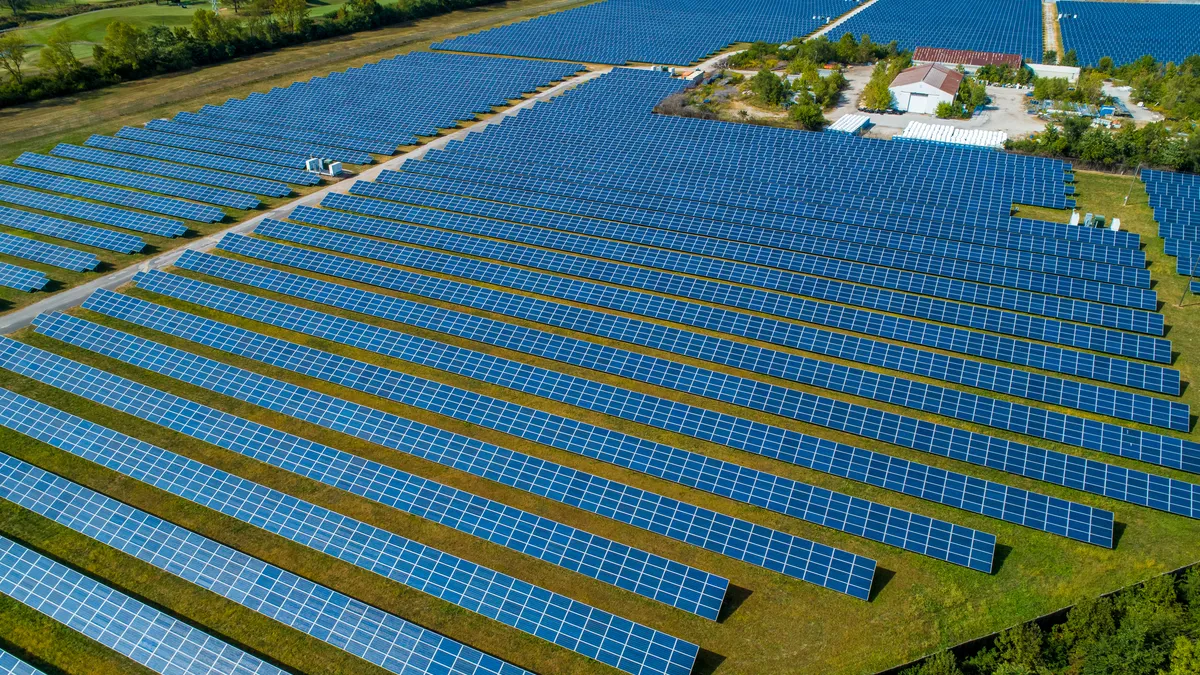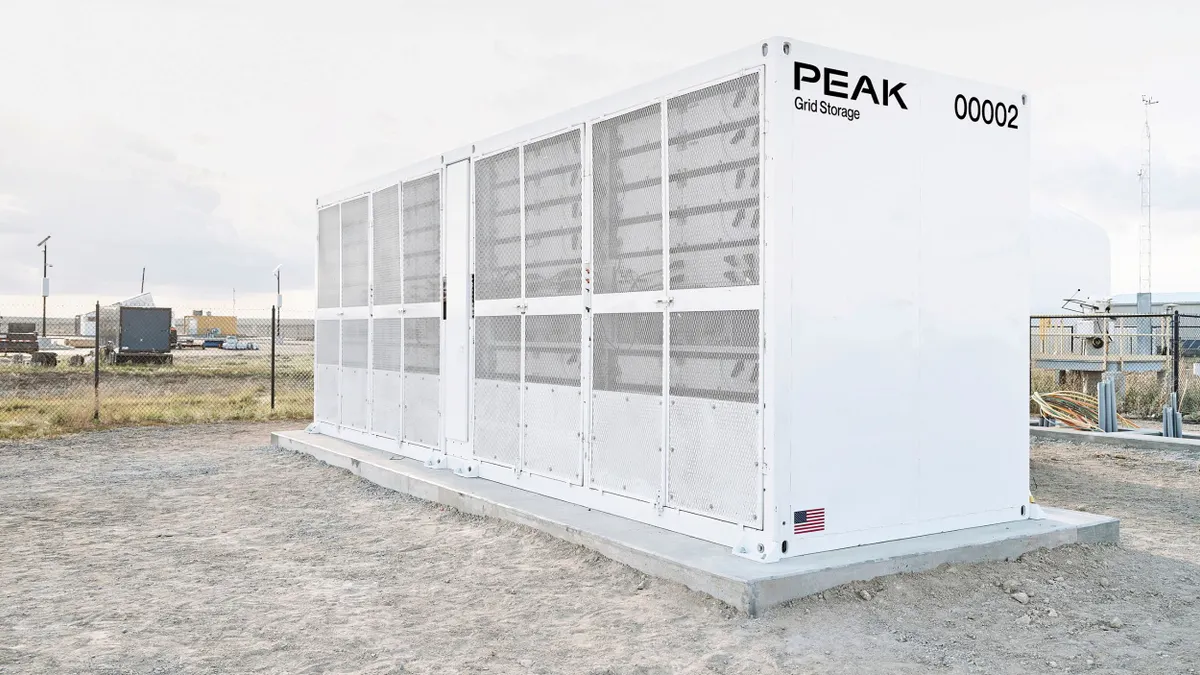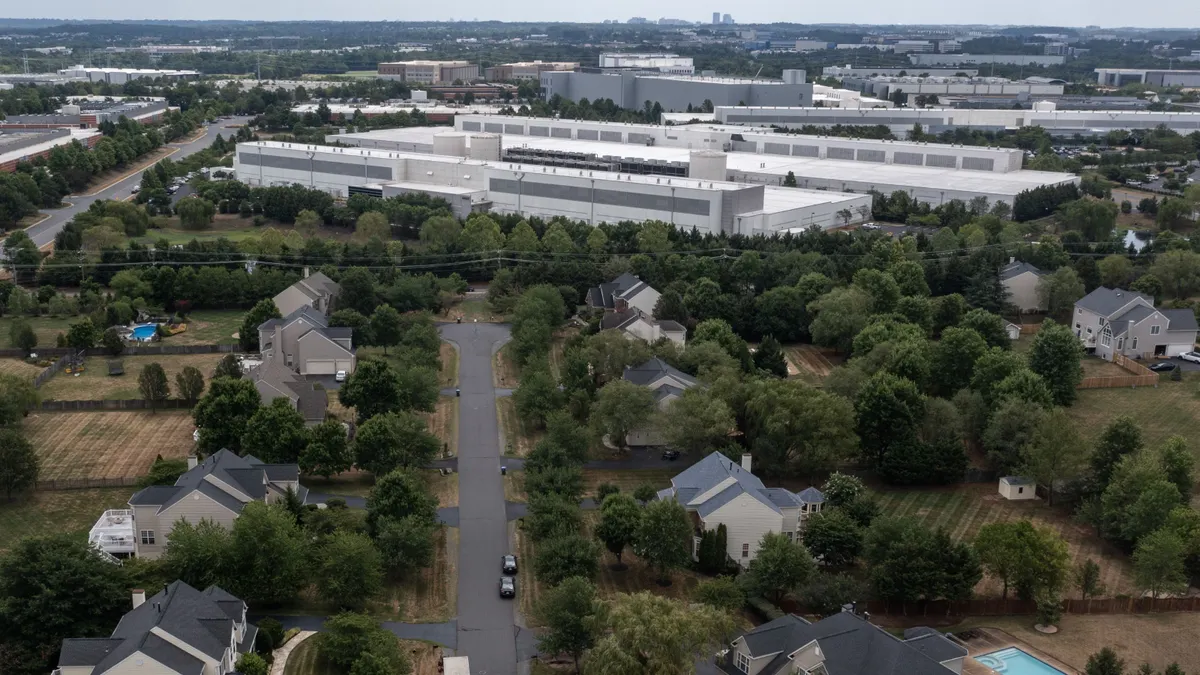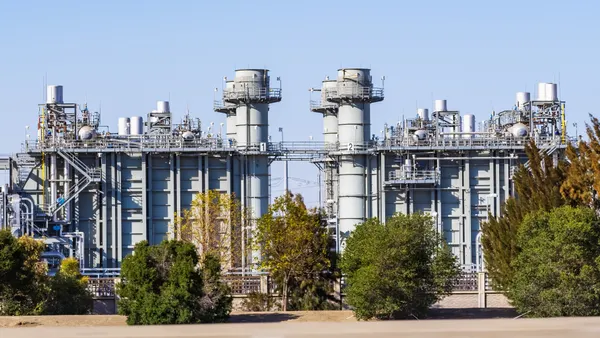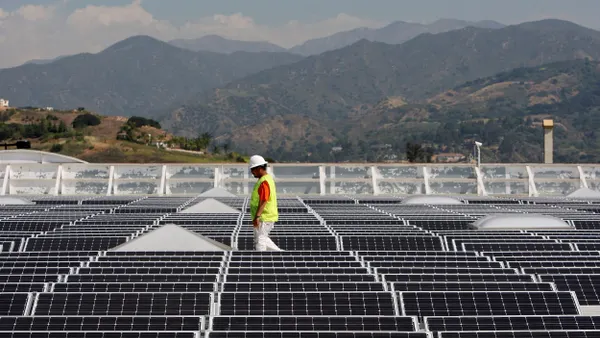Dive Brief:
- The Midcontinent Independent System Operator appears to have adequate power supplies for its next planning year, which starts June 2026 — an improvement from a year ago, according to a survey discussed at a workshop the grid operator held Friday.
- MISO will have a potential surplus over an expected reserve margin ranging from 1.4 GW to 6.1 GW in accredited capacity for next summer, according to the latest Organization of MISO States-MISO annual survey. Last year’s survey indicated that MISO faced a 2.7 GW shortfall to a 1.1 GW surplus for this summer.
- “The 2025 OMS-MISO resource adequacy survey reinforces that ongoing collaboration and information sharing through this tool is driving real progress,” Joe Sullivan, OMS president and vice chair of the Minnesota Public Utilities Commission, said during the workshop. “Capacity margins have improved since last year, and positive trends continue to emerge year over year, but we must keep up that momentum and continue to accelerate it.”
Dive Insight:
The OMS-MISO survey comes as utilities face growing demand for electricity, mainly from data center development. The survey indicates that electricity demand in MISO will grow 2.2% a year over the next five years, up from 1.6% annual growth in the last survey.
The survey report, which is based on information collected in April, offers two forecasts: one, called the historical projection, is based on a three-year average pace of bringing power supplies online; the other, called the emerging projection, is based on MISO member responses to the survey. The historical projection results in an estimate that 3.5 GW of accredited capacity will be brought online annually on average; the emerging projection indicates 6.2 GW, on average, will begin operating each year.
Using the historical projection, MISO could need an additional 1.5 GW to meet its reserve margin requirement for summer 2027, with the shortfall growing to 8.2 GW three years later, according to the survey report.
However, in the emerging projection, estimated capacity surpluses grow from 6.4 GW in summer 2027 to 11.4 GW three years later.
OMS and MISO warned that the region faces uncertainty, including the potential for long-lasting supply-chain disruptions, labor constraints and permitting challenges. Also, MISO’s interconnection backlog of nearly 300 GW and uncertainty about the interconnection queue “complicates timely resource additions,” they said in the survey report.
Generating projects with about 54 GW of nameplate capacity have signed generation interconnection agreements in MISO but are not online, the report notes. So far this year, 3.6 GW of nameplate capacity has come online — mainly solar — compared with 7.6 GW last year and 5.6 GW in 2023, according to MISO’s Generator Interconnection Queue Commercial Operation Dates Dashboard.
MISO has taken steps to bolster reliability across its footprint, which runs from Louisiana to North Dakota, such as adopting a reliability-based demand curve as part of its capacity auction and approving $30 billion in transmission projects, according to the survey report.
The survey report indicates that MISO is in a period of rapid change, according to Sullivan. “The challenge isn't just forecasting load growth, it's keeping pace with what's coming online,” he said. “As new data centers and reshored industries accelerate, the resource picture can shift quickly, and states and utilities must stay nimble to meet emerging demand.”
OMS — which represents state utility regulators — believes that solutions to reliability-based challenges must be broad-based, according to Sullivan. “That means fully and appropriately accrediting all resources, welcoming new technologies, advancing market and transmission reforms and ensuring that interconnection improvements and transfer capabilities are optimized across the region and beyond,” he said.



